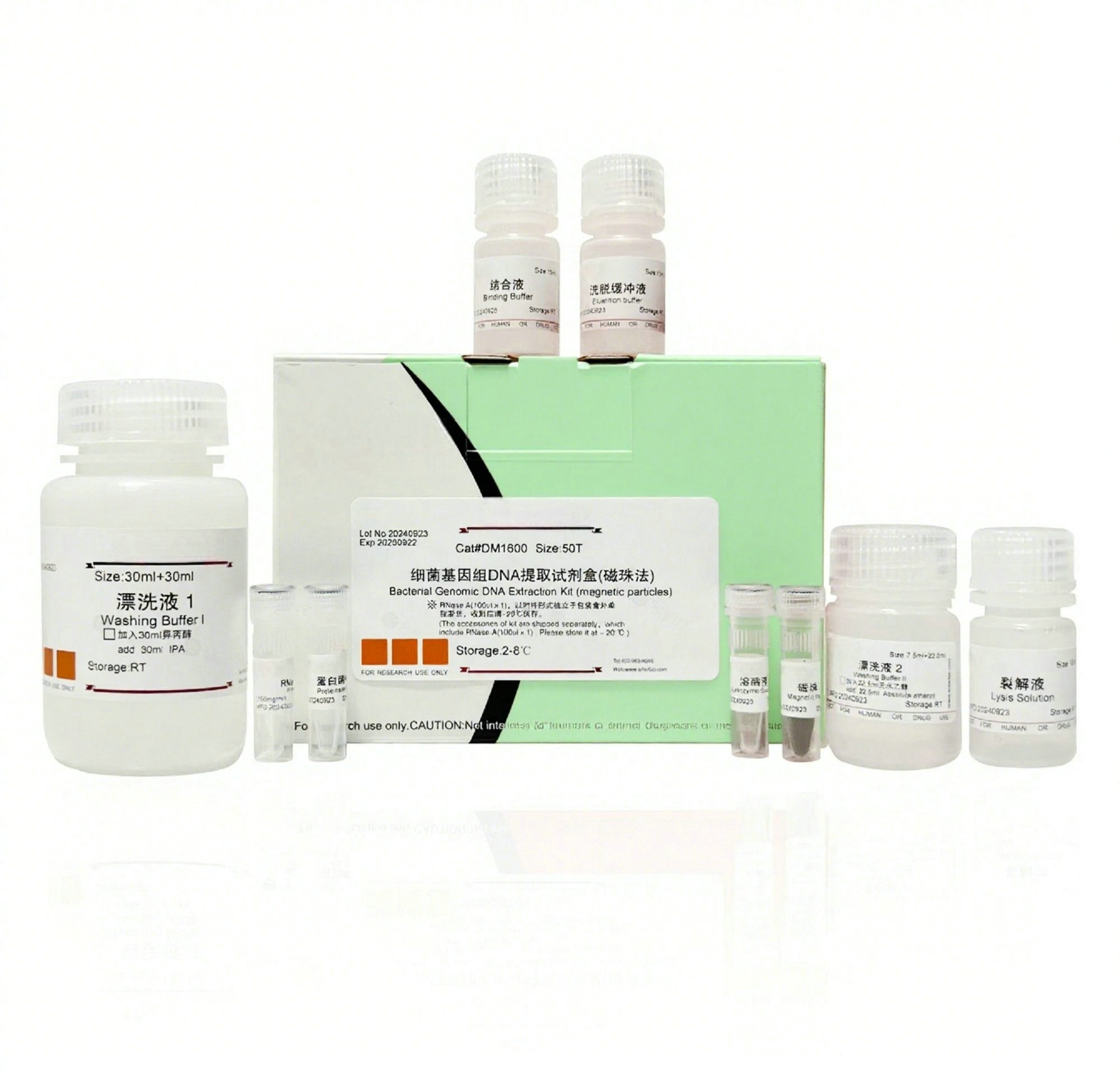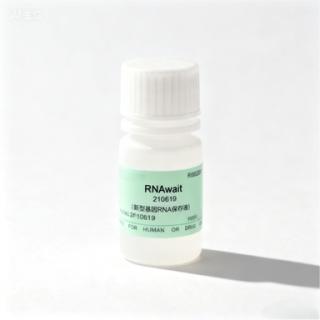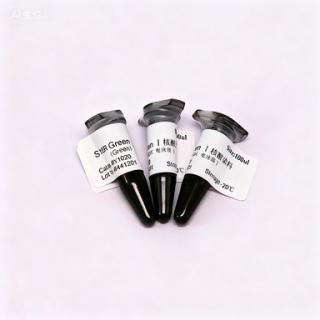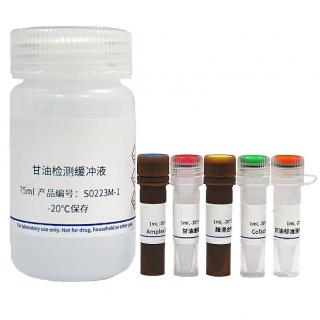BCA Protein Quantitative Detection Kit G2026
Product Information
Product Name | Cat. No. | Spec. |
BCA Protein Quantitative Detection Kit | KB2026-200T | 200 T |
KB2026-1000T | 1000 T |
Product Description/Introduction
Bradford and BCA methods are the most commonly used methods for quantitative determination of protein concentration. The BCA Protein Quantitative Detection Kit is a detergent-compatible formulation based on bicinchoninic acid (BCA) for the colorimetric detection and quantitation of total protein. This method combines the well-known reduction of Cu2+ to Cu+ by protein in an alkaline medium (the biuret reaction) with the highly sensitive and selective colorimetric detection of the cuprous cation (Cu+) using a unique reagent containing bicinchoninic acid. The purple-colored reaction product of this assay is formed by the chelation of two molecules of BCA with one cuprous ion. This water-soluble complex exhibits a strong absorbance at 562 nm that is nearly linear with increasing protein concentrations over a broad working range (50–2000 µg/mL).
This method is not affected by chemical substances and high concentration of detergent in most samples, including 5% SDS, 5% Triton X-100 and 5% Tween-20, 60, 80, etc. However, chelating agent and high concentration reducing agent will affect the detection results. So, it is necessary to ensure that there is no EGTA in the sample, the concentration of EDTA is less than 10 mM, and the concentration of DTT and β-mercaptoethanol is less than 1mM. If the sample contains chelating agent or reducing agent, please consider Bradford protein quantitative detection kit .
Storage and Shipping Conditions
Ship at room temperature; Protein standard (BSA) store at 2-8℃, valid for 12 months. The protein standard solution should be stored at -20℃ and used within 6 months. The remaining reagents are stored at room temperature, valid for 12 months.
Assay Protocol/Procedures
1. Preparation of protein standard storage solution: add 1 mL of protein standard diluent solution to protein standard tube (BSA), and 25 mg protein standard is completely dissolved to obtain protein standard storage solution with a concentration of 25 mg/mL. The standard protein storage solution can be stored for a long time at -20℃;
2. Preparation of protein standard working solution: 25 mg/ml protein standard storage solution is diluted 50 times with PBS or normal saline to obtain protein standard working solution with a final concentration of 0.5 mg/ml. Pay attention to the 10 times gradient method for dilution to ensure accuracy.
3. Standard curve (Microplate Procedure): The protein standard working solution was added to the 96-well plate at 0, 1, 2, 4, 8, 12, 16 and 20 μL, and then the above gradient working solution was replenished to 20 μL by adding 20, 19, 18, 16, 12, 8, 4 and 0 μL with PBS or physiological saline in order to obtain the gradient curves with the concentrations of protein at 0, 25, 50, 100, 200, 300, 400 and 500 μg/mL in the following order. The gradient curves were obtained in the order of 0, 25, 50, 100, 200, 300, 400, 500 μg/mL.
4. Preparation of test-sample: the test-sample is diluted appropriately (through the pre-test detection, the protein concentration of the test-sample is within the range of the standard curve to ensure that the detection results are reliable), and pipette 20 µL of each test-sample into the 96-well plates. The test-sample and the protein standard working solution are diluted with the same solution.
5. Preparation of BCA working solution: mixing 50 parts of BCA Reagent with 1 part of copper sulfate solution (50:1, BCA Reagent: copper sulfate solution). BCA working solution can be stored at room temperature and used within 24 h. Add 200 µL of the BCA working solution to each well. It is recommended to prepare as required to avoid waste.
6. Detection: add 200 µL of the BCA working solution to each well and mix plate thoroughly on a plate shaker for 30 seconds; After cover plate and incubate at 37°C for 30 minutes, the standard curve No. 0 was used as a reference to measure the absorbance at or near 562 nm on a plate reader. (Note: it can also be reacted at room temperature for 2 h or 60℃ for 30 min. If the protein concentration is low, it is recommended to react at 60℃)
7. Calculation: the standard curve was drawn with gradient protein content (μg/mL) as abscissa and absorption value as ordinate. According to the absorbance value of the test-sample, the protein concentration (μg/mL) of the test-sample in the corresponding well can be found on the standard curve, and then multiplied by the dilution factor of the sample is the actual protein concentration of the test-sample.
Note
1. Determination of protein concentration by BCA method is greatly affected by temperature and time, and the absorbance value will change with the extension of time or the increase of temperature. If the time and temperature of color reaction cannot be accurately controlled, it is recommended to make a standard curve for each determination.
2. When preparing protein standard storage solution, it is necessary to ensure sufficient dissolution. Dilution 10 times gradient dilution is recommended when preparing protein standard working solution. Do not dilute 50 times at a time to avoid error.
3. In order to guarantee quantification of protein, it is better to choose the same buffer solution for sample extraction and protein standard dilution to ensure the same detection conditions. If the buffer has a high background value, other methods are recommended.
4. For your safety and health, please wear safety glasses, gloves, or protective clothing.




 sales
sales